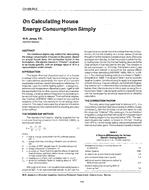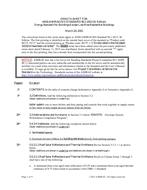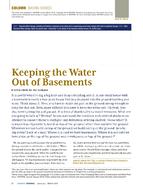All large-scale uses of radioactive materials require rigid control of off-gases and generated aerosols. Nuclear air and gas cleaning technology has answered the need from the days of the Manhattan Project to the present with a variety of devices. The one with the longest and most noteworthy service is the HEPA (high efficiency particulate air) filter that originally was referred to as an “absolute filter” in recognition of its extraordinary particle retention characteristics. Activated-charcoal adsorbers have been employed worldwide for retention of volatile radioiodine in molecular and combined forms and, less frequently, for retention of radioactive noble gases. HEPA filters and activated-charcoal adsorbers are often used with auxiliary devices that serve to extend their effective service life or significantly improve collection efficiency under unfavorable operating conditions. Use of both air cleaning devices and their auxiliaries figure prominently in atomic energy, disposal of high- and low-level nuclear wastes, and in the production of fissile materials. It is no exaggeration to affirm that the peaceful uses of nuclear energy would be impossible without these, or equivalent, air- and gas-cleaning devices.
Units: I-P
Citation: Symposium, ASHRAE Transactions, 1986, vol. 92, pt. 1B, San Francisco
Product Details
- Published:
- 1986
- Number of Pages:
- 9
- File Size:
- 1 file , 1.2 MB
- Product Code(s):
- D-SF-86-15-3


